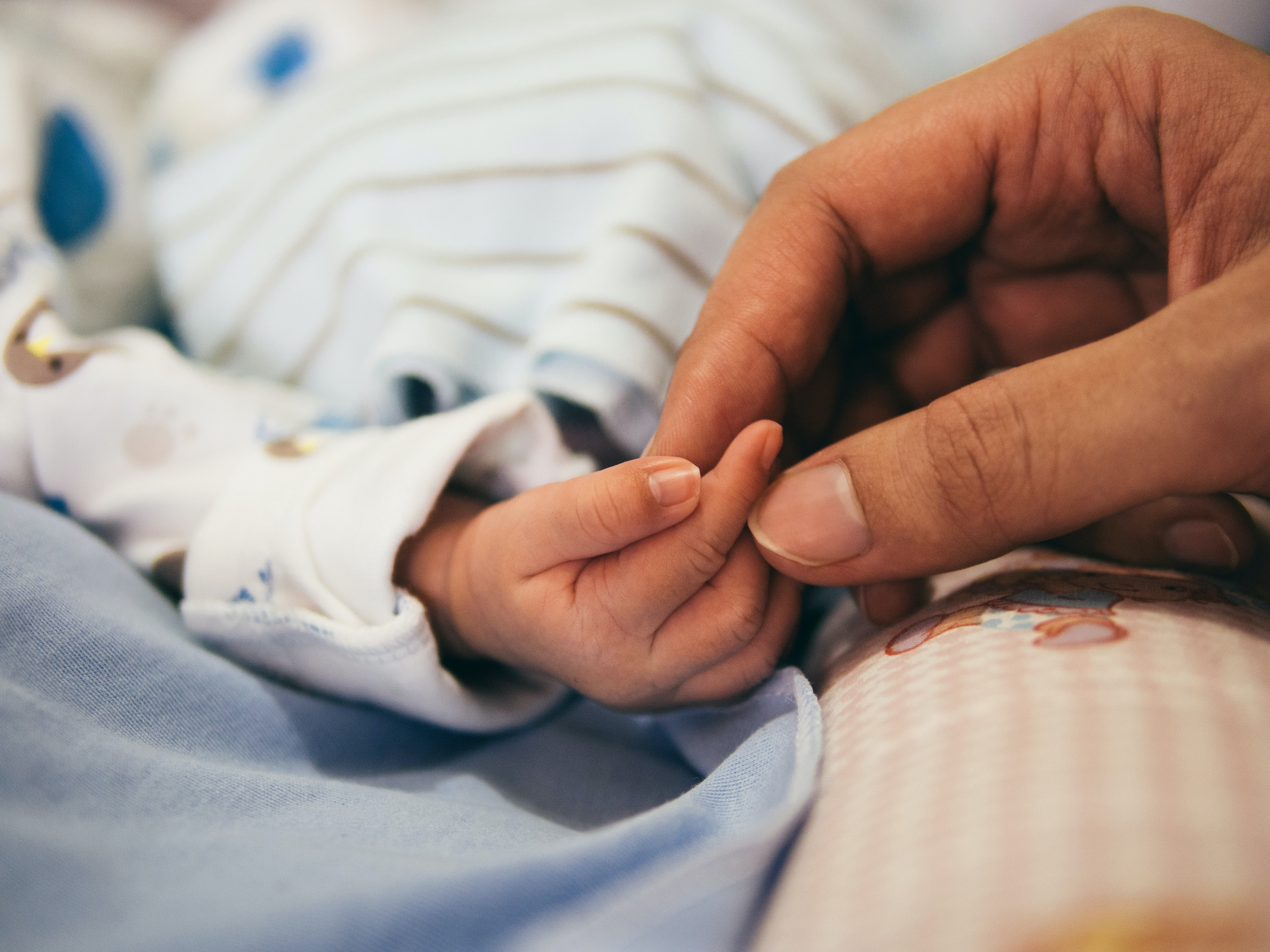Dealing With Family While Trying To Cocoon Your Child
After my What is Cocooning? Should I Try It With My Adopted Child article, there was a load of requests for a part two.
The resounding response was: “Yes! We want to cocoon with our child, but we have so many friends and family who have been waiting alongside us for our little one, and they will want to hold/kiss/snuggle him or her too! How do we navigate loving family members?”
Navigating a cocoon is not easy. Cocooning and intentional attachment are hard work. It’s a deliberate parenting choice and may be exhausting. As I had stated in part one, it is a great sacrifice in so many ways, but it is well worth the sacrifice if it means your child will develop healthy attachments and boundaries. It is worth it for their emotional health. Cocooning offers a stable foundation into your family.
Whether your child was adopted at birth, from an institutionalized orphanage, or through foster care, cocooning is an important topic to discuss and study before bringing your child home. Just as parents of biological children, parents of children via adoption make the rules. Parents set the pace and the tone, parents decide what the family cocoon will look like. Cocoons vary a lot.
Cocooning teaches your child that you as his or her parents will meet their needs. Children raised in an orphanage or foster care setting have had multiple caregivers; there has never been a stable set of sole primary caregivers. When a family makes the decision to cocoon, you are choosing to teach your child or children that you are their mother/father and that you will meet all of their needs which builds trust, security, and healthy attachment. This allows your child to have optimal chances at emotional health and feeling safe.
How do you explain this to your family members? How do you navigate friends and family who dearly love you and your child? How do you tell your family members with grace that they cannot hug or hold or feed your new child? You may choose to cocoon for more than 3 months, how do you navigate your relationships?
What I recommend is writing up a letter to your family before you bring your child home. Write up a letter and even invite your family over for a meal to have an honest conversation. Send your friends and family members articles such as this one or What is Cocooning? Should I Try It With My Adopted Child?.
See a sample letter at the bottom of this article, here.
Let your loved ones know the difficult decision you have made. Spell your cocoon out very clearly so that your family and friends know what to expect. Let the cocoon-boundaries be very clear. Tell them that as hard and painful as it is, this is how to best love and support your child.
Some family members may not be respectful. Some won’t get it or understand or even try to. Some may say hurtful things. But as the parent of your child, the protector and nurturer, I urge you to keep on. You will most likely regret loosening the cocoon simply to please a family member who is being rude – is that worth your child’s attachment and stability?
Depending on what you decide your cocoon will look like, you can offer various ways they can help out such as dropping off meals, running errands, grocery shopping, etc. The cocoon will only be a small amount of time (even if your cocoon lasts quite a few months), but is well worth the healthy attachment for your child.
What if my family doesn’t attach to my child because we didn’t allow them to meet their needs or hold them at all for a few months?
Your family will attach to your child. They have been waiting for your child right alongside you for however long and they love your child. In partnering with you to set up a successful cocoon, they are joining in on being the village you need. They are loving you and your family.
If you decide to cocoon, you must let go of trying to make everyone understand it. You have to just do it. My friend’s line was always, “You don’t have to understand it but you do have to respect it.”
Continue to remind yourself that these difficult sacrifices you are making will reap life changing benefits and rewards. Remind your family that you are beyond thankful for their support in this decision to set your child’s security, feeling safe, and attachment as a priority.
I’m rooting for you and your family!






